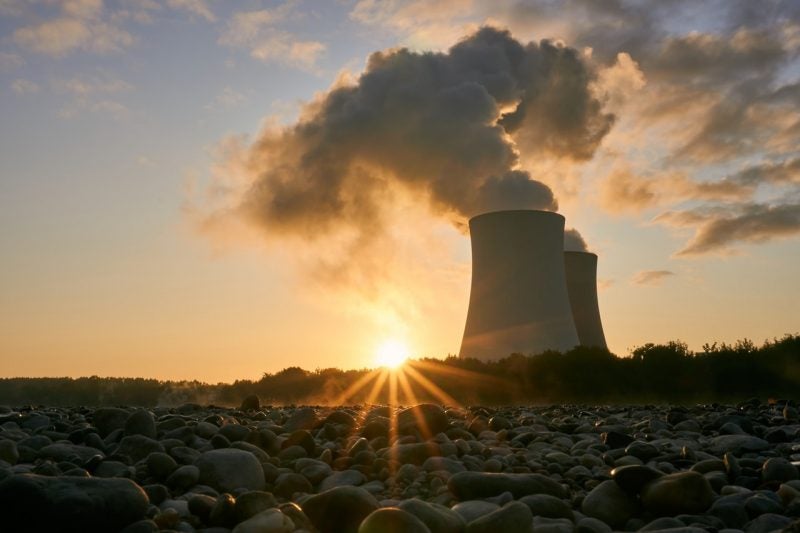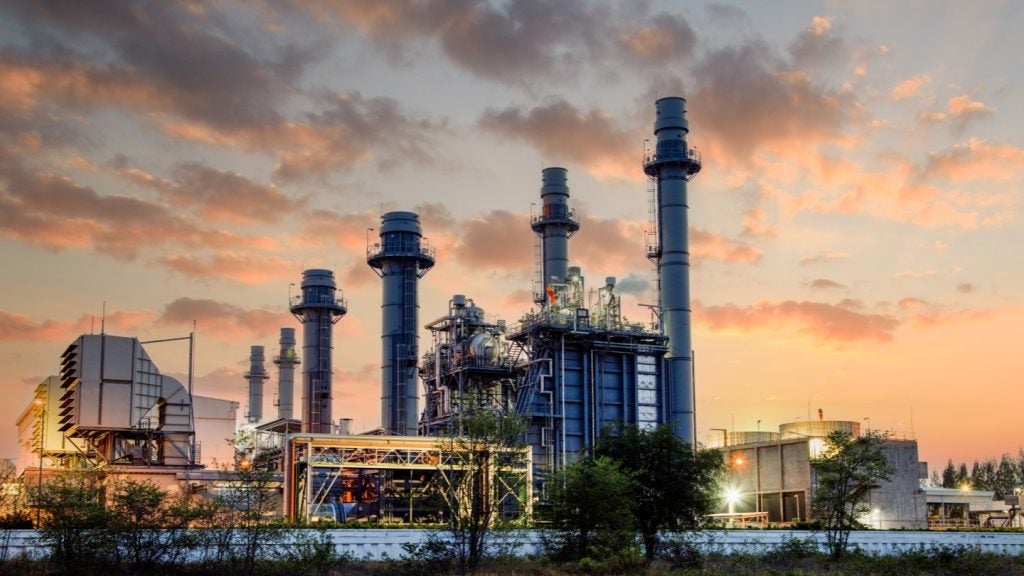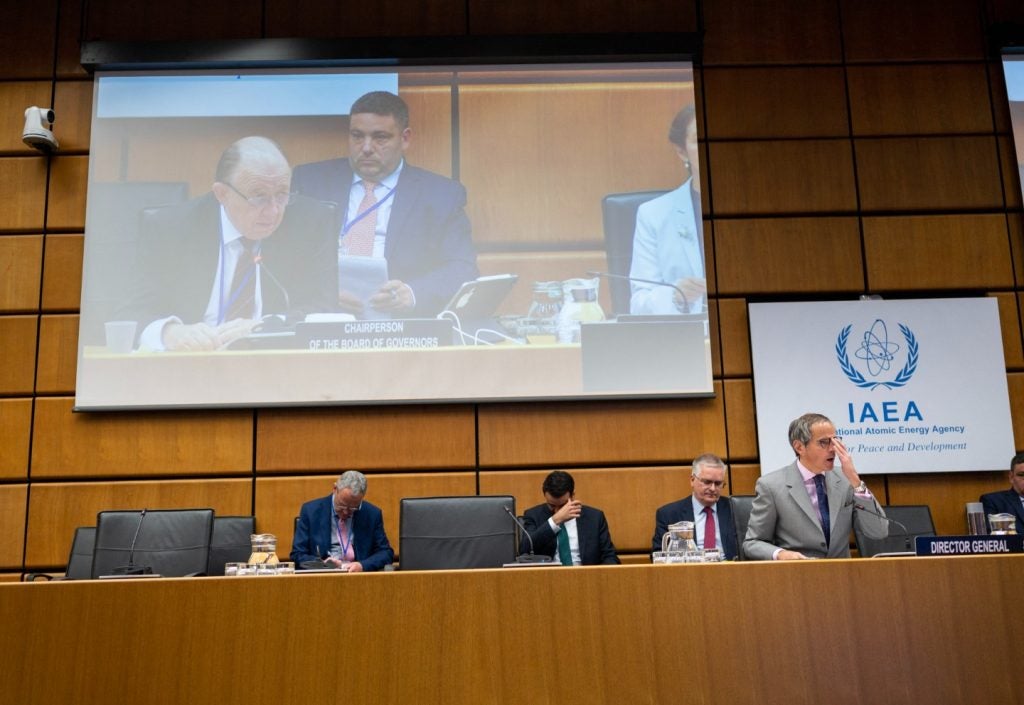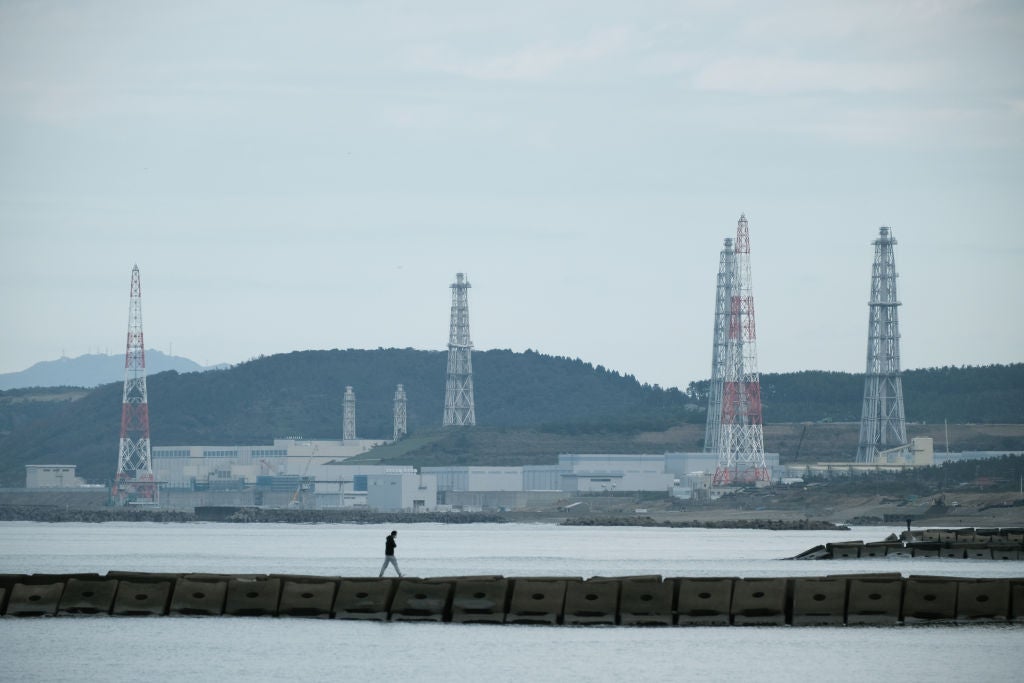
The International Atomic Energy Agency (IAEA) concluded its 12-day Integrated Nuclear Infrastructure Review (INIR) mission in Belarus on 4 March, aimed at reviewing the country’s infrastructure development for its first nuclear power reactor.
Belarus, alongside the UAE, is set to complete construction of its first nuclear power plant this year.
On a global scale, 15 countries – including China, India and Russia – will conclude the development of nuclear power projects, which are currently under construction, in the next few years.
According to the World Nuclear Association, there are 440 nuclear power reactors in the world, amounting to a combined capacity of 400GWe, while more than 100 have been ordered. Estimates say that in 2018 these produced 2,563TWh of electricity, roughly 10% of the world’s electricity.
But how many nuclear power reactors will be built in the next years and where?
Between 2020 and 2026, 48 power reactors will be built globally. The peak will take place between 2020 and 2022, with 32 reactors due to begin operations. China will lead the way with 12 plans already underway, followed by India and Korea.
How well do you really know your competitors?
Access the most comprehensive Company Profiles on the market, powered by GlobalData. Save hours of research. Gain competitive edge.

Thank you!
Your download email will arrive shortly
Not ready to buy yet? Download a free sample
We are confident about the unique quality of our Company Profiles. However, we want you to make the most beneficial decision for your business, so we offer a free sample that you can download by submitting the below form
By GlobalDataPower Technology looks at the two of the most important projects, Belarus’ Ostrovets and the UAE’s Barakah power plants.
Ostrovets
Belarus’s first nuclear power plant, which will be situated 130km north-west of the capital Minsk, is set to be operational by this year. Funded by Russia, Ostrovets 1 will consist of a VVER-1200 pressurised reactor, producing 1200MWe of energy production.
A second reactor, Ostrovets 2, will have the same capacity and will be built by 2021.
The country’s decision to build a nuclear power plant was based on the need to loosen its strong and historically established dependency on Russia. In 2017, the country exported 3.5TWh of electricity and imported 6TWh, for a total of $2.5bn.
In order to cut down its dependency on Russia by 25%, Belarus introduced a 2011-2020 plan, which promoted Ostrovets 1’s construction as well as hydropower stations and wind projects.
IAEA deputy director-general Mikhail Chudakov said: “Developing the infrastructure required for a nuclear power programme requires significant financial and human resources, and long lead times for preparation and the construction activities.
“Belarus has made commendable progress since the decision to launch a nuclear power programme 10 years ago.”
The IAEA reviewed the nuclear programme according to its Milestone approach, a method used to help countries develop their first nuclear programmes. The programme’s aim is to help states achieve “the commitments and obligations associated with developing a nuclear power programme.”
Regarding the mission, Belarus deputy energy minister Mikhail Mikhadyuk said: “Hosting the INIR mission, Belarus demonstrated its transparency and genuine interest to receive an objective professional assessment of the readiness of its nuclear power infrastructure for the commissioning of the country’s first nuclear power plant.”
Barakah Nuclear Energy Plant
Just like Ostrovets for Belarus, the Barakah Nuclear Energy Plant will be the UAE’s first nuclear plant, as well as the first one in the Arab world.
The project – owned by the UAE’s Emirates Nuclear Energy Corporation (ENEC) and operated by Nawah Energy Company – will become operational in the next few months.
The first unit (Unit 1) will generate around 1,400MW and, alongside three other units, will produce 5,600MW of electricity – up to 25% of the country’s needs.
The World Nuclear Association’s communication manager Jonathan Cobb told Power Technology: “With the UAE and Belarus expected to start up their first reactors this year, we are seeing the first of a new wave of countries choosing to use nuclear energy to help transition to a cleaner energy mix.
“They will soon be joined by reactors currently under construction in Turkey and Bangladesh, with plans for new construction well advanced in countries such as Egypt and Uzbekistan. “






